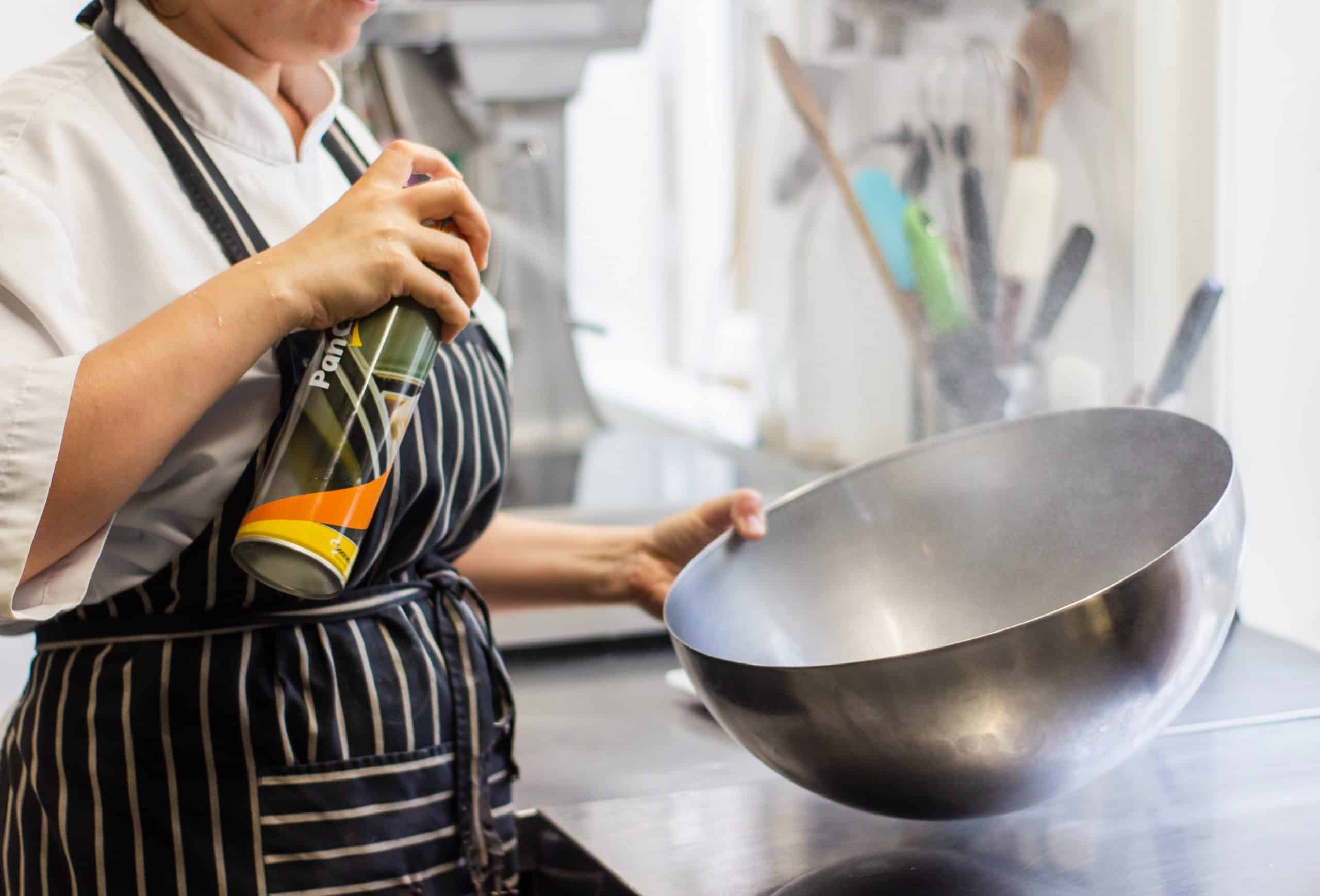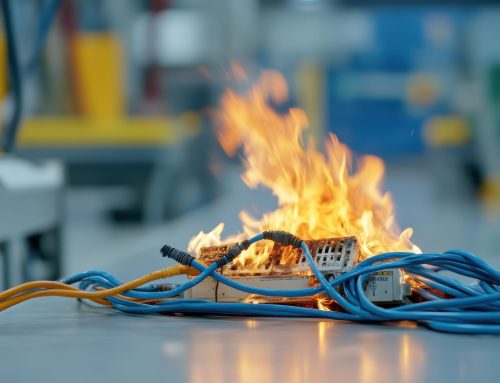As food establishments reopen amidst the COVID-19 pandemic, it’s important that restaurant owners take stock of their establishment’s fire safety. A commercial kitchen is a busy and bustling place full of fire hazards. New restrictions and protocol can overshadow important safety requirements, but these critical requirements are put in to place to ensure the continuation of operations and should not be ignored.
Fire code varies on many levels, by state, city, and county. The Authority Having Jurisdiction (AHJ) in your area will be the individual responsible for enforcing the fire code of your specific location. Fire codes are set by national organizations like the National Fire Protection Association (NFPA).
Consider these questions to help ensure that your commercial kitchen is compliant with current fire code.
What type of fire extinguisher do I need for my commercial kitchen?
Fire extinguishers are given a classification based on the hazard by which they are intended to extinguish. The class will let you know what types of fires that extinguishing agent will be effective at putting out. In commercial kitchens, the most common fires are Class K fires that are fueled by flammable liquids unique to cooking. This includes vegetable and animal-based fats, oils, and greases.
Class K fires can pop up quickly and spread rapidly. It’s important that the correct fire extinguishers are in place.
Only Class K fire extinguishers can be used on Class K fires. Be sure your commercial kitchen is equipped with this type of extinguisher. Water or other classes of extinguishers will not extinguish most cooking fires.
What type of suppression systems are required in commercial kitchens?
All commercial kitchen cooking equipment is required to have its own specific protection. NFPA 96, the standard for ventilation control and fire protection of commercial cooking operations, outlines the full requirements for fire protection for commercial kitchen cooking equipment.
For example, NFPA requires that a hood and duct system with cooking equipment placed beneath it. A fire extinguisher system is required to be installed within the hood and an exhaust duct system must remove flammable, grease-laden vapors. Other areas in a kitchen such as broilers/furnaces, refrigeration machinery, and storage closets/rooms require their own automatic fire suppression systems specific to the hazard they protect.
Other criteria addressed by NFPA 96 include:
- Grease removal devices and filters
- Exhaust fans for commercial cooking equipment
- Rooftop grease containment
- Hood cleaning frequency
What are the most common fire safety compliance issues in restaurants?
An untrained kitchen staff can lead to serious injury. As of updated 2019 code, NFPA requires that kitchen staff and employees be trained on the use of portable fire extinguishers and the manual actuation of the fire extinguishing system. It’s the job of the management to provide instruction to all employees on an annual basis. Regular instruction will reduce the likelihood of inappropriate response by the kitchen staff.
Cleanliness is a serious issue in many kitchens. NFPA reports that 1 in every 5 of kitchen fires had failure to clean as a factor contributing to its ignition. Regular cleaning of grease build-up and other debris is imperative for proper operation of fire suppression systems. The frequency of inspection for grease buildup is based on the type or volume of cooking.
Another fire safety issue is simply moving kitchen equipment around without regard to fire safety. Fire suppression equipment is strategically installed based on the layout of the kitchen and the hazards for which they are intended to protect.
What should I do if I have compliancy issues?
The owner of the restaurant is responsible for cooking equipment, hoods, ducts, fans, fire extinguishing equipment installed in their facility. This means the owner is responsible for the inspection, testing, maintenance, and cleanliness of the ventilation control and fire protection of the commercial cooking operation.
Contact a local fire protection company for assistance in getting your restaurant compliant, and with any questions related to COVID as it pertains to the operations and overall safety of your establishment.
Fire Systems, Inc. has decades of experience in kitchen suppression systems. Commercial kitchens contain all of the elements necessary for a fire. Fire spreads quickly over cooking surfaces and hard-to-reach areas like hoods, plenums, vents, and ductwork.
These systems must be inspected routinely in accordance with NFPA 17A. Fire Systems performs all necessary inspections and maintenance on all types of kitchen hood systems.
Commercial cooking areas cannot afford an interruption in operation caused by a fire. Insurance statistics prove that if a restaurant has a fire, it may never reopen; those that do have lost time and money in the form of personal injury treatment, equipment replacement and higher insurance rates.
Contact Fire Systems, Inc. today at 770-333-7979 or visit our website for more information on kitchen hood systems.






